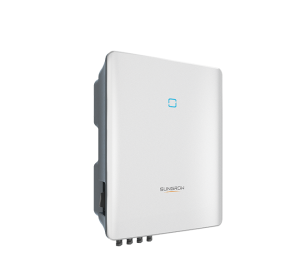Sungrow: Empowering a Sustainable Future with PV Inverter
Sungrow, a renowned name in the world of renewable energy, has been leading the way in sustainable power solutions for over two decades. With a steadfast commitment to innovation and environmental responsibility, Sungrow has established itself as a trusted brand in the realm of pv inverters. This article delves into how Sungrow’s cutting-edge products, including the SH5.0/6.0/8.0/10RT-20, are driving the transition to a greener and more sustainable future.

Unlocking the Potential of Solar Energy Storage
Solar energy is a clean and abundant source of power, but its intermittent nature can be a challenge. Sungrow’s pv inverters, exemplified by the SH5.0/6.0/8.0/10RT-20, bridge this gap by allowing homeowners and businesses to harness and store excess solar energy during the day for use during the night or on cloudy days.
Efficiency and Flexibility
The SH5.0/6.0/8.0/10RT-20 offers a range of benefits that make it a standout choice in the world of pv inverters. Its DC 13.5A current input is compatible with high-power PV modules, ensuring maximum energy capture. Additionally, it supports parallel connection with master-slave controlling, providing 100% power to unbalanced loads in backup mode. This means you can count on a reliable and efficient energy supply, even during outages.
Smart Management for Energy Independence
Sungrow’s pv inverters are designed with user-friendliness in mind. The SH5.0/6.0/8.0/10RT-20 seamlessly transitions to backup mode during power outages, ensuring uninterrupted energy supply. It also supports fast charging and discharging, meeting the demands of higher consumption. With intelligent built-in energy management systems (EMS), users can optimize their self-consumption of clean, renewable energy.
Conclusion
In conclusion, Sungrow’s commitment to sustainable energy solutions shines through in its pv inverters, like the SH5.0/6.0/8.0/10RT-20. By efficiently harnessing and storing solar power, Sungrow empowers individuals and businesses to reduce their reliance on non-renewable energy sources and minimize their carbon footprint.



